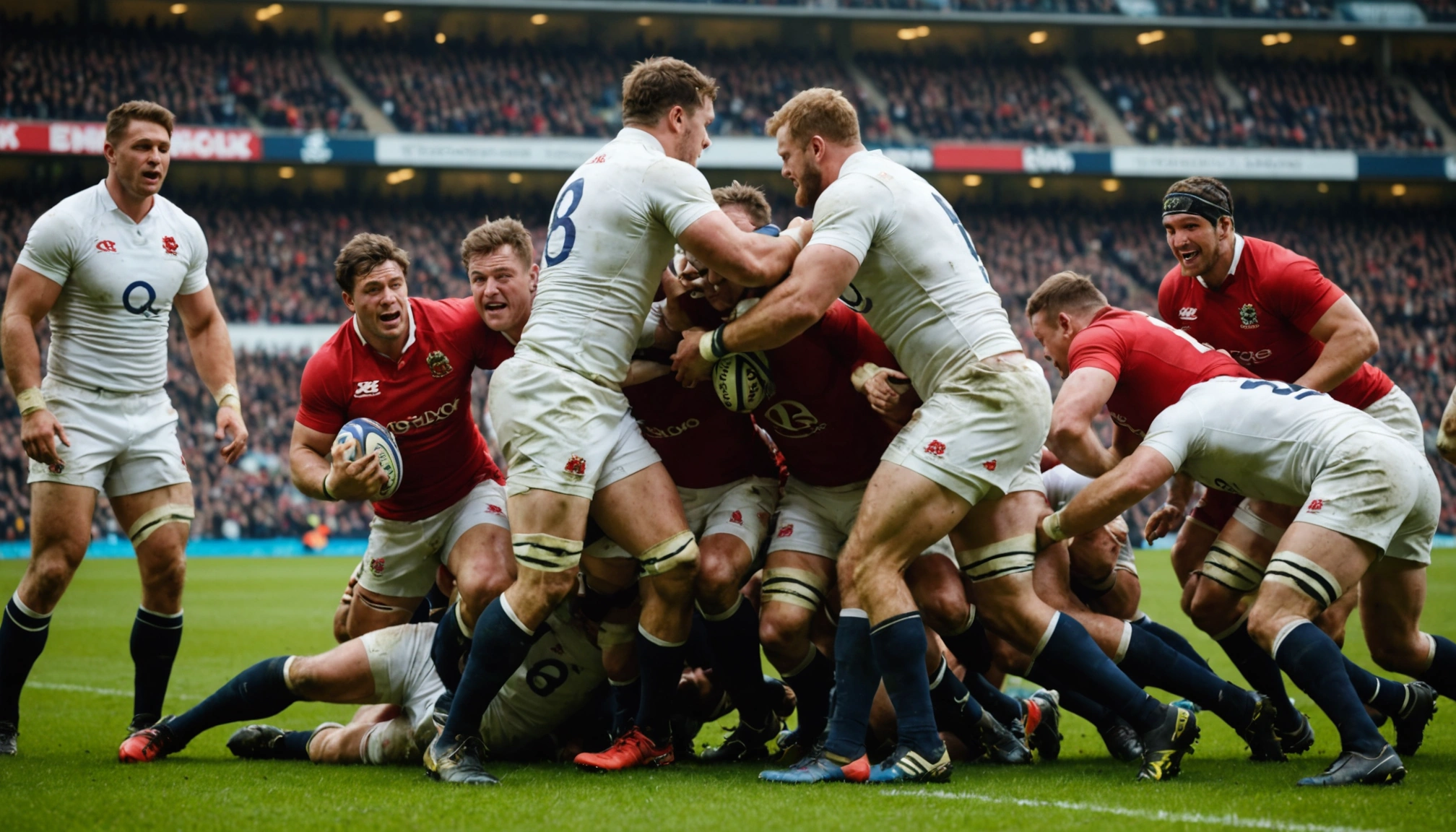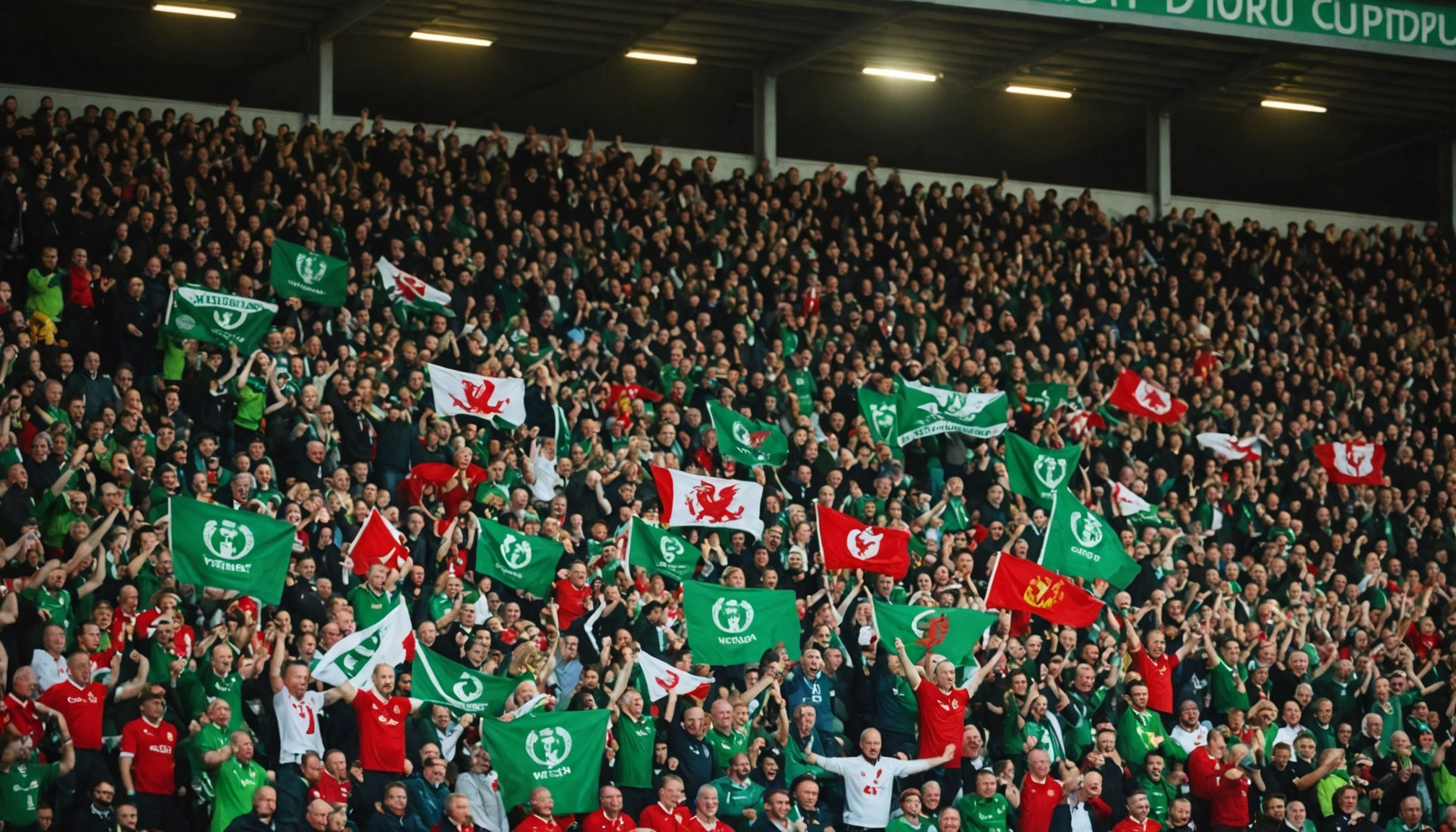How Liverpool Reinvested Luis Suarez’s Transfer Fee
Discover how Liverpool reinvested Luis Suarez’s £75m transfer fee into key players, shaping their squad’s future and Premier League success.

By Editorial
Introduction to Liverpool's strategic reinvestment
When Luis Suarez left Liverpool for Barcelona in 2014 for a then-remarkable £75 million, many feared the Reds would struggle to fill the void left by their star striker. However, rather than panic, Liverpool's management used this significant transfer fee wisely, reinvesting it into a range of players who would help shape the club’s future. This article explores how Liverpool’s reinvestment of Suarez’s fee influenced the club's trajectory and examines the impact of those signings over the subsequent years.
Adam Lallana: the midfield dynamo from Southampton
Adam Lallana was Liverpool’s biggest purchase from the Suarez transfer funds, joining from Southampton for £25 million. Initially struggling with injuries and adapting to the Premier League’s pace, Lallana blossomed under Jurgen Klopp’s management. His energy, creativity, and tactical intelligence became crucial in Liverpool’s midfield, especially after Philippe Coutinho’s departure. Lallana has made over 130 appearances, proving to be a reliable and influential squad member.
Dejan Lovren: defensive reinforcement amid challenges
Addressing defensive weaknesses was paramount after Liverpool conceded 50 goals in the 2013-14 season. Dejan Lovren was signed from Southampton for £20 million to bolster the backline. Despite a rocky start and some high-profile errors, Lovren fought to regain his place and contributed significantly under both Brendan Rodgers and Klopp. The arrival of Virgil van Dijk later provided strong competition, but Lovren’s 133 appearances show his lasting value in Liverpool’s defence.
Lazar Markovic and Mario Balotelli: lessons in adaptation
Lazar Markovic arrived from Benfica for £20 million with high hopes after his impressive Portuguese treble. However, adapting to the Premier League proved difficult, and after just 34 appearances, he was loaned out multiple times, struggling to find form and consistency. Mario Balotelli, brought in from AC Milan for £16 million to fill Suarez’s goal-scoring boots, was a gamble that did not pay off. Despite previous success, Balotelli scored only four goals in 28 appearances and left the club soon after. These cases highlight the challenges Liverpool faced in replacing a player of Suarez’s calibre directly.
Supporting players who added depth and potential
Several other players were signed using the Suarez transfer funds, contributing varying degrees of success. Alberto Moreno arrived from Sevilla for £12 million and showed early promise, including scoring against Tottenham, but inconsistency and competition limited his long-term impact. Divock Origi, signed for £10 million from Lille, was viewed as a future talent. Although often a substitute, Origi’s key goals in crucial moments, such as the 2019 Champions League semi-final, vindicated his signing. Emre Can, acquired for £10.5 million from Bayer Leverkusen, became a versatile midfield mainstay, making over 150 appearances before moving on.
Additional squad options and their roles
Rickie Lambert, a Liverpool supporter himself, was signed from Southampton for £4 million to provide backup but made limited impact with just three goals in 36 appearances. Javier Manquillo, brought on loan from Atletico Madrid, offered defensive cover with 19 appearances before moving on. These players filled squad roles during a transitional phase for Liverpool.
Impact of reinvestment on Liverpool’s evolution
The reinvestment of Suarez’s transfer fee was not about finding an immediate replacement but about building depth, youth, and versatility. While some signings failed to meet expectations, others laid the foundation for Liverpool’s resurgence under Klopp, who would later add world-class talent like Mohamed Salah and Sadio Mane. This strategic spending approach helped Liverpool maintain competitiveness, culminating in Premier League and Champions League triumphs.
Looking ahead: the Coutinho transfer and lessons learned
As Philippe Coutinho’s £146 million move to Barcelona unfolded, Liverpool’s experience reinvesting Suarez’s fee offered valuable insights. The club must balance short-term replacements with long-term squad development, emphasising scouting, player fit, and managerial vision. The story of reinvesting Suarez’s money shows the importance of patience and strategic planning in football transfers, a lesson applicable beyond Merseyside.
Conclusion: a transfer fee wisely spent
Liverpool’s handling of Luis Suarez’s transfer money exemplifies careful squad building amid challenging circumstances. By investing in a mix of established and promising players, the club navigated a difficult period and set the stage for future success. For football fans keen on understanding transfer dynamics, Liverpool’s reinvestment strategy is a prime example of turning a potential setback into an opportunity for growth.
For broader context on Premier League dynamics and team strategies, explore our Manchester United tables explained current standings and insights article. Additionally, for those interested in football fixtures and live coverage, visit our live football today on Sky Sports fixtures kick off times and streaming guide.
Related topics
Editorial
Sports expert at SportsScoop
Specialist in sports analysis and journalism
Related articles
Want to read more?
Explore our comprehensive collection of sports articles and analysis, or contact us for more information.



